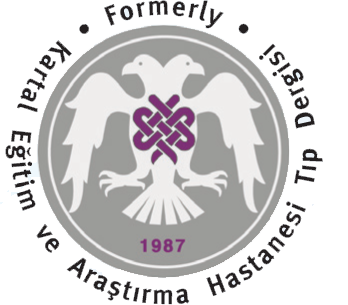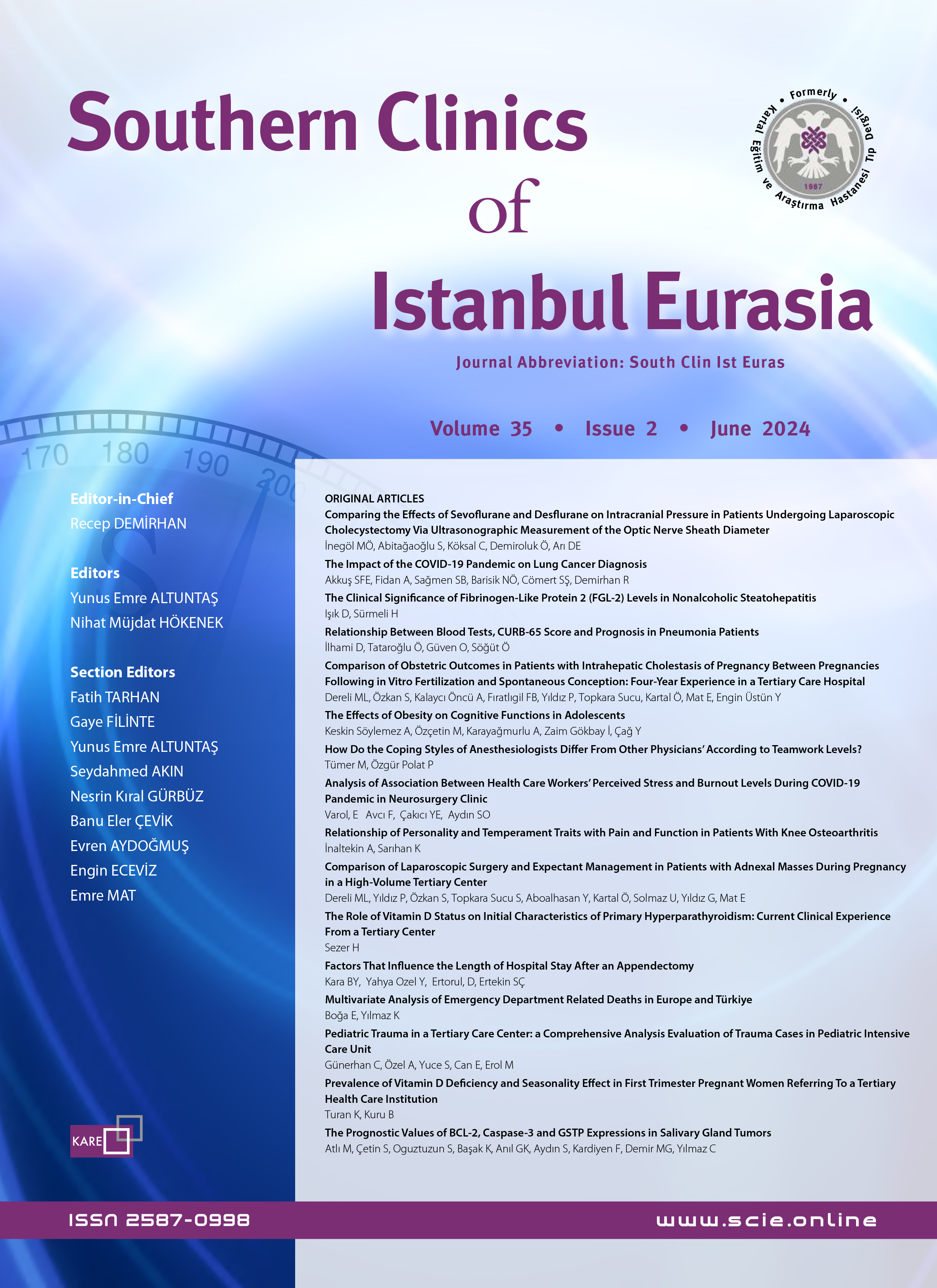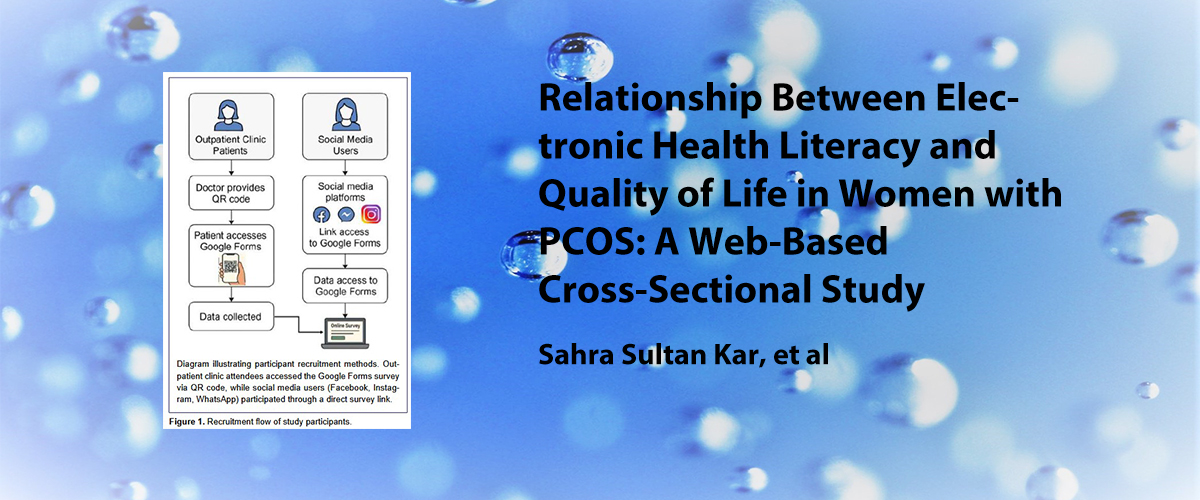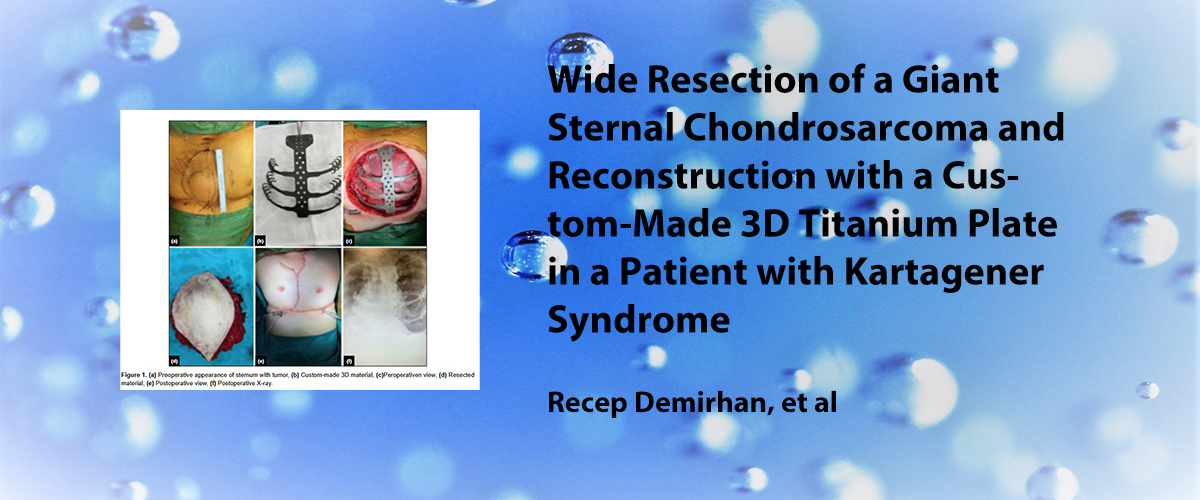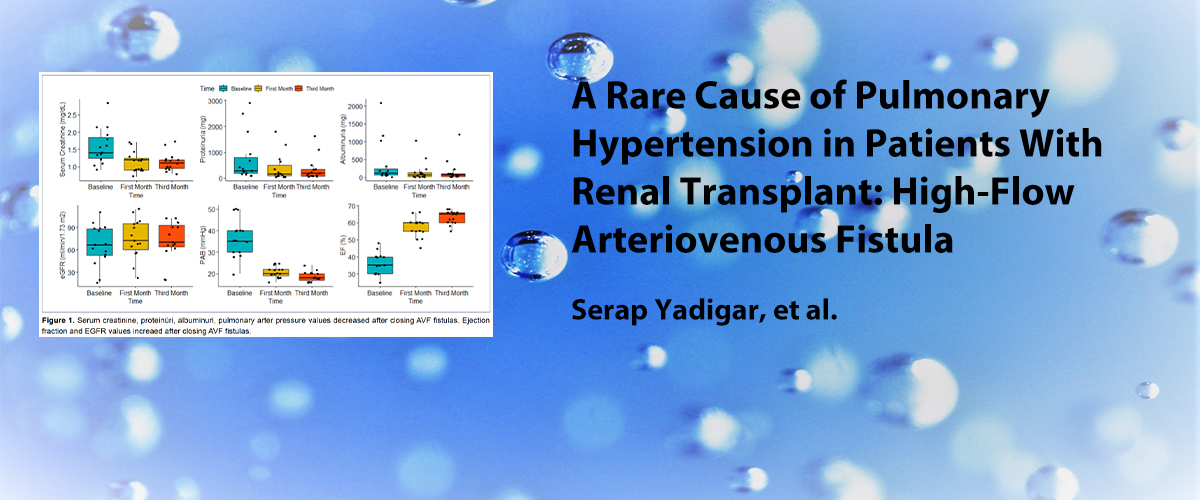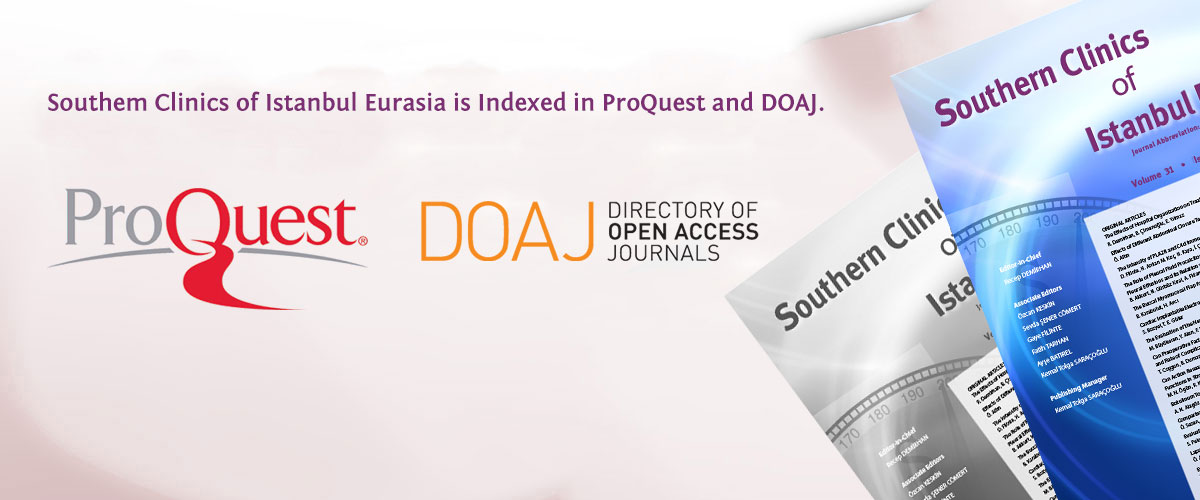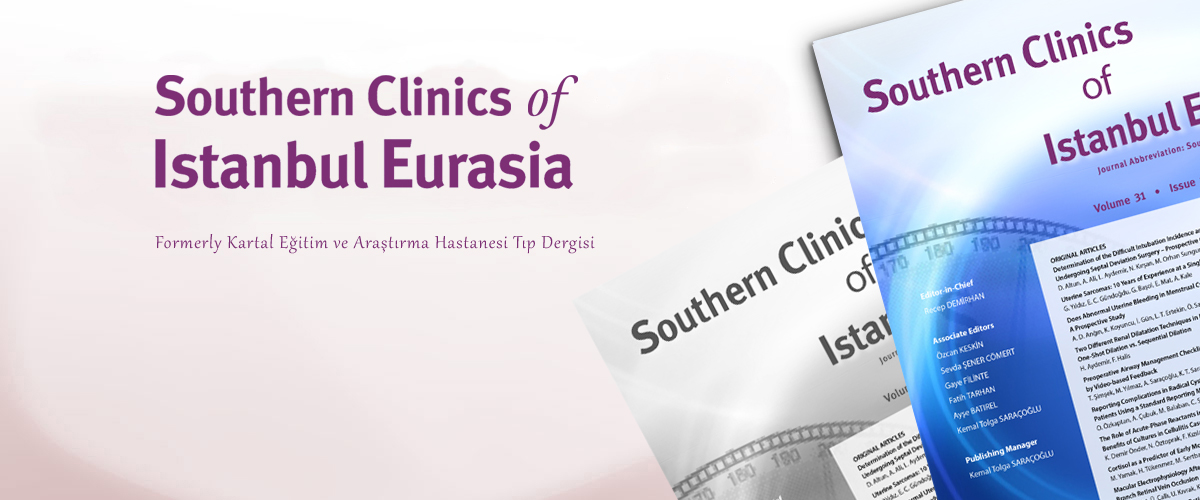ISSN : 2587-0998
Ürotelyal Mesane Kanseri Nedeniyle Radikal Sistoprostatektomi Yapılan Hastalarda Rastlantısal Prostat Kanseri Sıklığı
Ahmet Selimoğlu1, Akif Türk2, Mustafa Bilal Hamarat3, Erkin Sağlam3, Hasan Aslan4, Fatih Tarhan31Biga Devlet Hastanesi, Üroloji Kliniği, Çanakkale2Akşehir Devlet Hastanesi, Üroloji Kliniği, Konya
3Dr.lütfi Kırdar Kartal Eğitim Ve Araştırma Hastanesi, Üroloji Kliniği, İstanbul
4Kilis Devlet Hastanesi, Üroloji Kliniği, Kilis
AMAÇ: Bu çalışmada mesane ürotelyal kanseri nedeniyle radikal sistoprostatektomi yapılan hastalarda prostat adenokarsinom sıklığını araştırmayı ve prostat kanseri saptanan olguların histopatolojik özelliklerini ortaya koymayı amaçladık.
YÖNTEMLER: Ocak 2005 ile Haziran 2011 yılları arasında mesane ürotelyal kanseri nedeniyle radikal sistoprostatektomi yapılan ve ameliyat öncesi prostat kanseri tanısı olmayan 157 erkek hasta çalışmaya alındı. Hastaların patolojileri geriye dönük olarak değerlendirildi. Üriner diversiyon olarak 125 hastaya ileal konduit, 28 hastaya ortotopik ileal mesane ve dört hastaya üreterokütanostomi tekniği uygulandı.
BULGULAR: Radikal sistoprostatektomi uygulanan 157 hastanın 26sında (%16.5) prostat kanseri saptandı. Prostat kanseri saptanan hastaları ortalama yaşı 67.3 yıl, saptanmayanların ise 61 yıl idi. Ortalama PSA değerleri prostat kanseri saptanan ve saptanmayan hastalarda sırası ile 2.9±0.35 ng/dl ve 2.7±0.41 ng/dl idi. Prostat kanseri saptanan hastaların Gleason skoru bir hastada 2+2, bir hastada 4+3 ve 24 hastada 3+3 olarak bulundu. Bu hastaların mesane kanseri patolojik evresi ise 10 hastada T4N2, bir hastada T4N1, dört hastada T3N1, sekiz hastada T2N0, bir hastada T1N0 ve iki hastada T0N0 olarak bulundu.
SONUÇ: Çalışmamızda radikal sistoprostatektomi uygulanan hastalarda rastlantısal prostat kanseri saptanma sıklığı %16.5 olarak bulunmuş olup bu nedenle hastaların patolojilerinin dikkatli ve detaylı değerlendirilmesi gerektiğini düşünmekteyiz.
The Frequency of Incidentally-Detected Prostate Cancer in Patients Undergoing Radical Cystoprostatectomy for Urotelial Bladder Carcinoma
Ahmet Selimoğlu1, Akif Türk2, Mustafa Bilal Hamarat3, Erkin Sağlam3, Hasan Aslan4, Fatih Tarhan31Biga Public Hospital, Urology Clinic, Canakkale2Aksehir Public Hospital, Urology Clinic, Konya
3Dr.lutfi Kirdar Kartal Training And Research Hospital, Urology Clinic, Istanbul
4Kilis Public Hospital, Urology Clinic, Kilis
OBJECTIVE: The aim of this study is to evaluate the incidence of prostate adenocarcinoma in patients who underwent radical cystoprostatectomy for urotelial carcinoma, and present the histopathological features of these patients.
METHODS: A total of 157 male patients who underwent radical cystoprostatectomy for urotelial carcinoma between January 2005 and June 2011 were included in the study. The pathologies of patients were evaluated retrospectively. Ileal conduits were used in 125 patients as urinary diversion, orthotopic ileal neobladders were used in 28 patients, and ureterocutaneostomy was used in 4 patients.
RESULTS: Prostate adenocarcinoma was determined in 26 patients (16.5%) of the 157 who underwent radical cystoprostatectomy. The mean ages of patients with and without co-existing prostate adenocarcinoma were 67.3 and 61 years, respectively. The mean PSA levels of patients with and without co-existing prostate adenocarcinoma were 2.9±0.35 ng/dl and 2.7±0.41 ng/dl, respectively. Gleason score was 2+2 in 1 patient, 4+3 in 1 patient, and 3+3 in 24 patients. The pathological stages of these patients were found as T4N2 in 10, T4N1 in 1, T3N1 in 4, T2N0 in 8, T1N0 in 1, and T0N0 in 2 patients.
CONCLUSION: The incidence of prostate adenocarcinoma was found 16.5% in patients who underwent radical cystoprostatectomy in our study. In these groups of patients, pathology should be evaluated exhaustively and attentively.
Makale Dili: Türkçe

